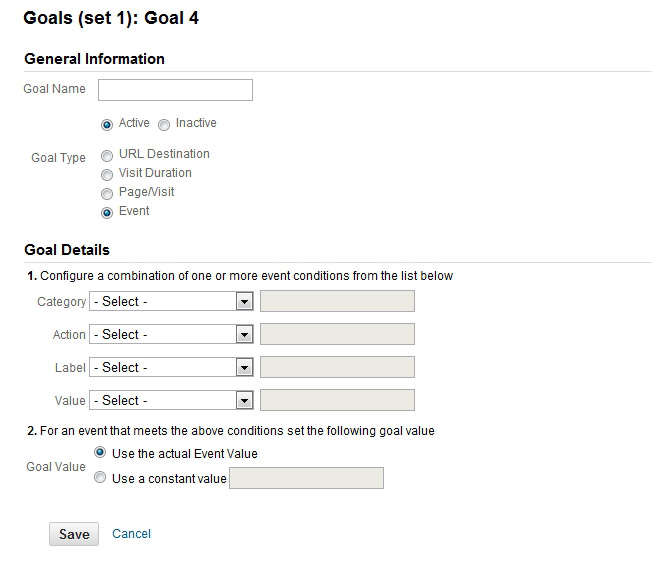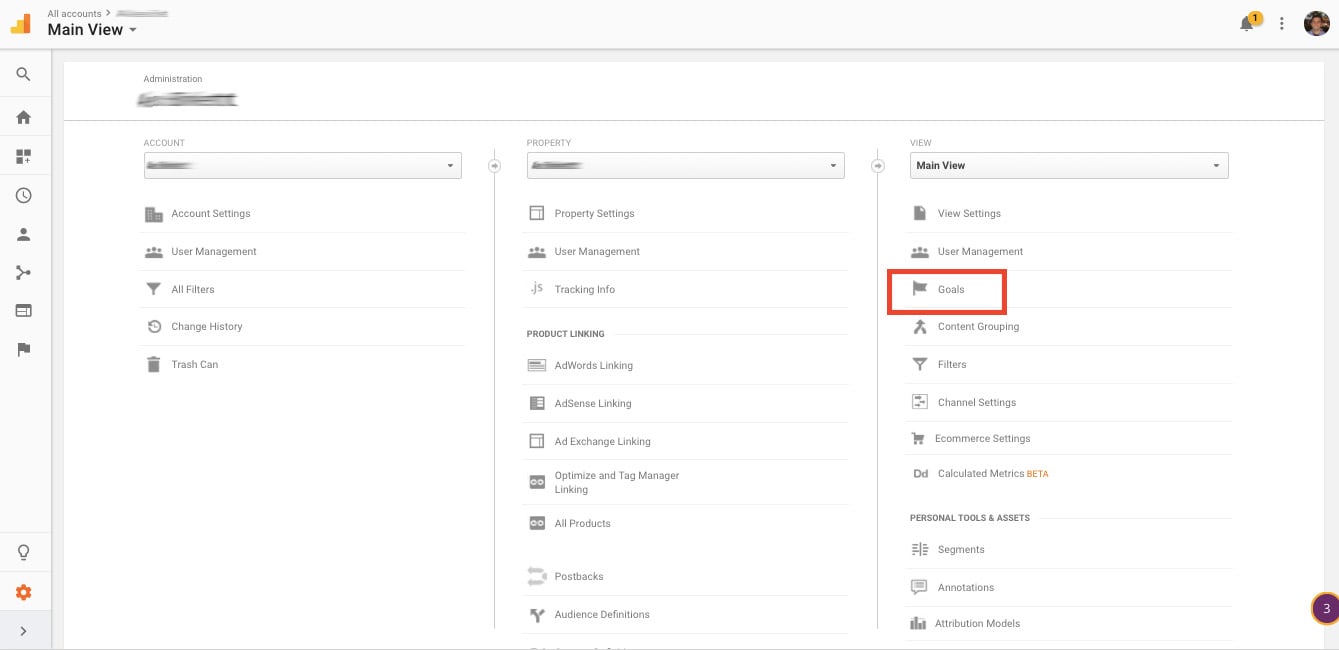Unveiling the Blind Spots: Understanding What Google Analytics Goals Can not Determine
In the realm of digital analytics, Google Analytics stands as a powerful device for monitoring and examining on-line user interactions. Nevertheless, amidst its durable capabilities, there exist unseen areas that often evade dimension. Comprehending what Google Analytics goals can not measure is crucial for acquiring a detailed sight of customer behavior and involvement. As we look into the ins and outs of these dead spots, we discover an intricate internet of uncharted regions that hold valuable understandings right into individual actions and motivations, difficult traditional wisdom and dropping light on the limitations of our data-driven understanding.
Individual Actions on External Platforms
Recognizing exactly how users communicate on external platforms is essential for maximizing online techniques. External systems, such as social media sites networks, reference websites, and online forums, play a substantial role in driving web traffic to a company's site. By examining individual actions on these platforms, companies can acquire useful insights right into the performance of their marketing efforts and the choices of their target audience.
One key facet of individual habits on outside systems is the referral source. By tracking where the customers are coming from, organizations can determine which platforms are driving the most traffic to their website. This details can assist companies allocate their resources extra properly, concentrating on the platforms that generate the most effective outcomes.

Offline Conversions and Communications
Analyzing customer behavior on outside systems supplies valuable understandings right into online methods; however, taking into consideration offline conversions and interactions is just as crucial for a detailed understanding of a business's general performance. While Google Analytics excels at tracking online interactions, it falls brief in recording the complete customer trip that usually includes offline touchpoints. Offline conversions, such as in-store acquisitions or phone inquiries, play a considerable role in many services' success. Ignoring these communications can lead to a distorted sight of the effectiveness of advertising and marketing projects and overall service performance.

Acknowledgment Beyond Last Click
When diving right into the realm of digital advertising analytics, it comes to be necessary to look past the solitary touchpoint of the last click for an extra comprehensive understanding of attribution. While Google Analytics supplies useful understandings into customer actions, relying entirely on last-click acknowledgment can be restricting - what data is google analytics goals unable to track. Acknowledgment models that exceed see here the last click use an extra nuanced sight of the consumer journey, taking into consideration all the touchpoints that cause a conversion
Acknowledgment past the last click allows marketing experts to assign credit score to numerous communications along the conversion path, giving a more clear image of the performance of various advertising and marketing channels. By exploring multi-touch attribution versions such as direct, time decay, or position-based attribution, services can better allocate their advertising and marketing budgets and optimize their approaches for optimal effect.
Comprehending the influence of each touchpoint in the conversion process is critical for making educated decisions and making the most of ROI. By welcoming acknowledgment beyond the last click, businesses can get deeper understandings into consumer habits and tailor their marketing initiatives much more effectively.
Cross-Device and Cross-Browser Monitoring

In a similar way, cross-browser tracking complements cross-device monitoring by capturing customer actions as they change in between different internet internet browsers. Understanding exactly how users communicate with web sites on various web browsers can aid marketing experts enhance their on the internet experiences to make certain consistency and performance across different platforms.
Qualitative Data and User Intent
Understanding user intent via qualitative data evaluation is important for establishing targeted electronic advertising methods that reverberate with the requirements and preferences of the target audience. Qualitative data supplies insights into the 'why' behind user activities, losing light on inspirations, emotions, and choices that quantitative data alone can not capture. By analyzing user responses, comments, and interactions, online marketers can uncover valuable details concerning individual intent, allowing them to customize their messaging, web content, and offerings to much better line up with what their audience is looking for.
Qualitative information also helps in recognizing the context in which individuals engage with a web site or app. This contextual understanding enables marketers to create more appropriate and customized experiences, ultimately driving greater engagement and conversion prices. By diving right into user intent via qualitative data evaluation, services can acquire a much deeper understanding of their target audience, causing a lot more effective advertising techniques that fulfill users' assumptions and requirements.
Conclusion
In verdict, Google Analytics goals have constraints in measuring individual behavior on outside systems, offline conversions, attribution past last click, cross-device and cross-browser monitoring, and try here qualitative information associated with customer intent. what data is google analytics goals unable to track. It is essential for organizations to be knowledgeable about these blind places in order to supplement their data evaluation with various other tools and techniques to obtain a more extensive understanding of their audience and enhance their total digital advertising approaches
By analyzing individual habits on these systems, services can gain important understandings into the efficiency of their advertising and marketing efforts and the preferences of their target audience.
Analyzing customer behavior on exterior platforms supplies valuable insights right into on-line techniques; nevertheless, taking into consideration offline conversions and communications is just as important for a thorough understanding of a firm's total efficiency.In electronic marketing analytics, moving beyond last-click attribution to explore cross-device and cross-browser monitoring is necessary for obtaining an alternative understanding of customer communications throughout various systems and gadgets. By examining individual comments, remarks, and communications, marketing professionals can reveal valuable details concerning customer intent, enabling them to tailor their messaging, web content, and offerings to much better align with what their audience is seeking.
By diving right into individual intent through qualitative information analysis, companies can get a much deeper understanding of their target audience, leading to more reliable advertising and marketing approaches that fulfill customers' assumptions and requirements.